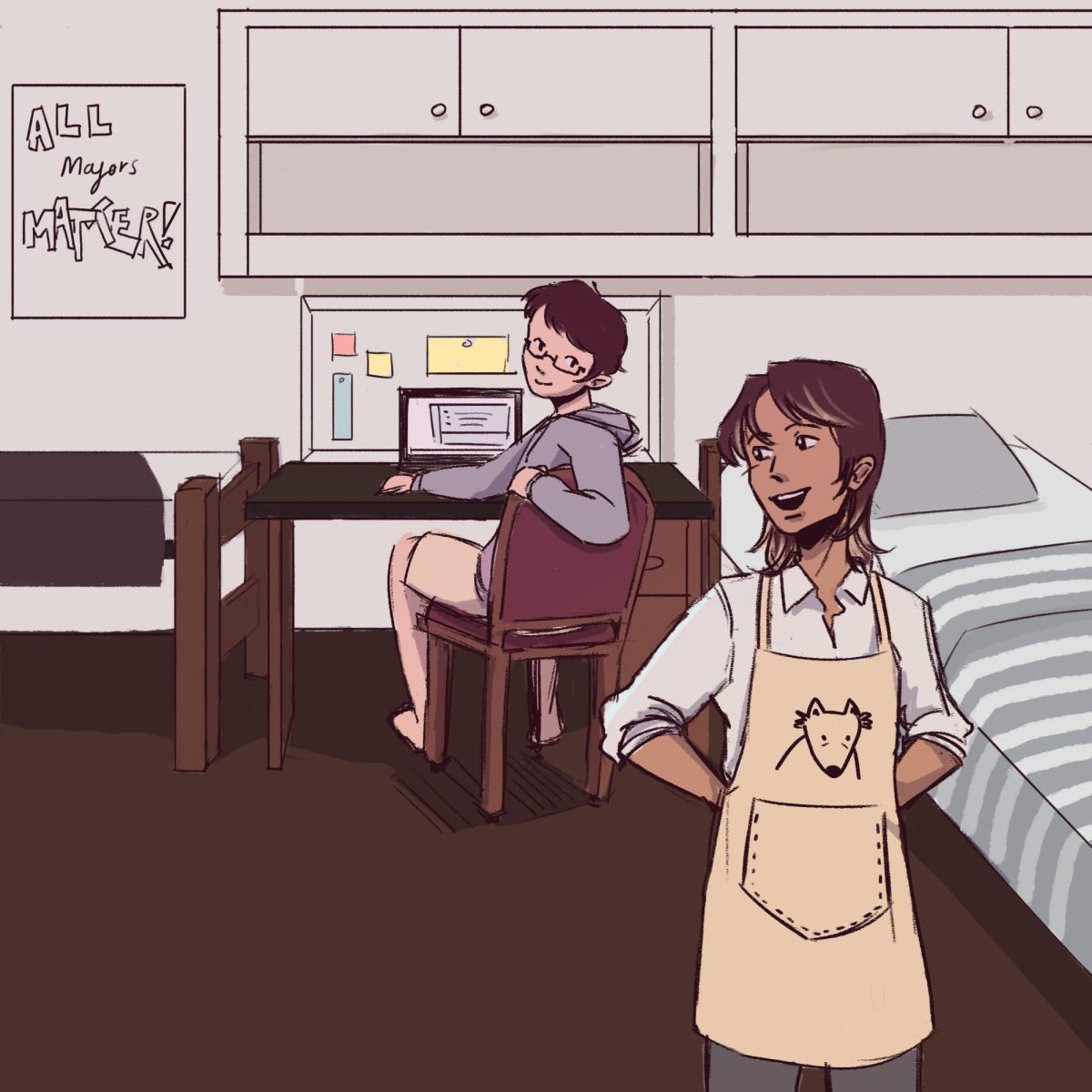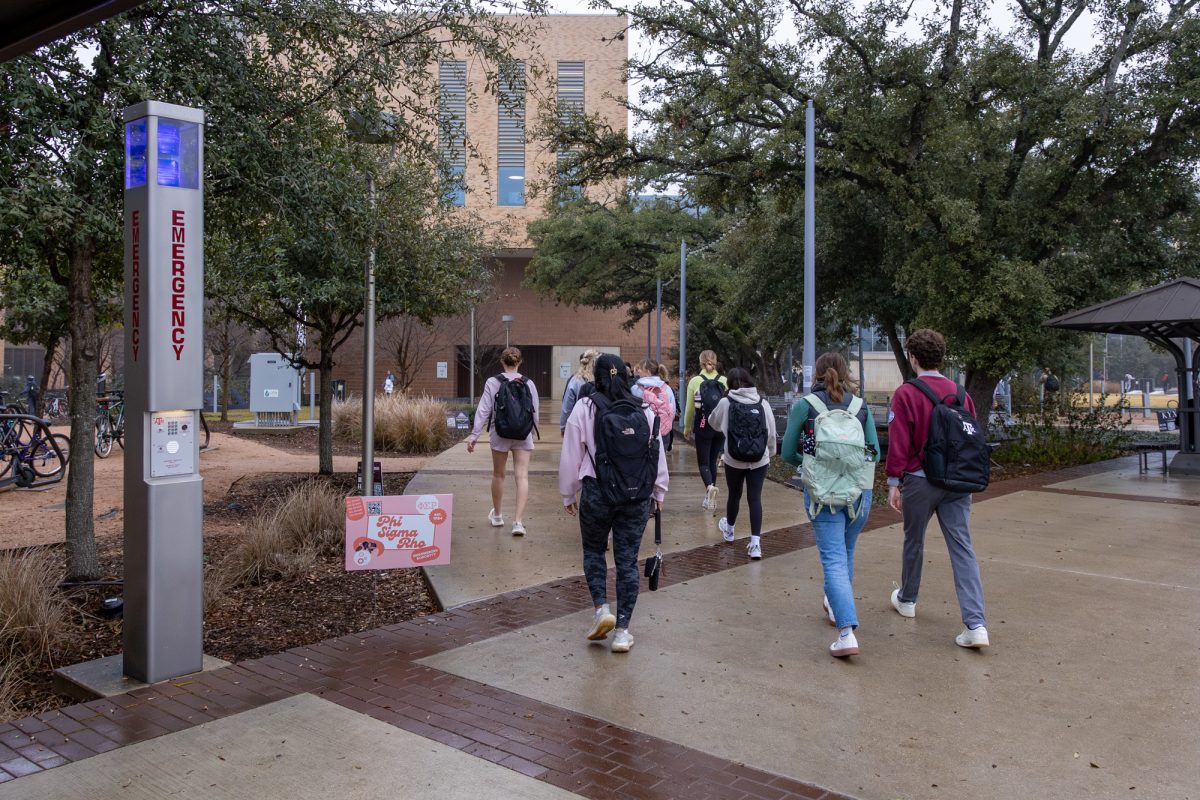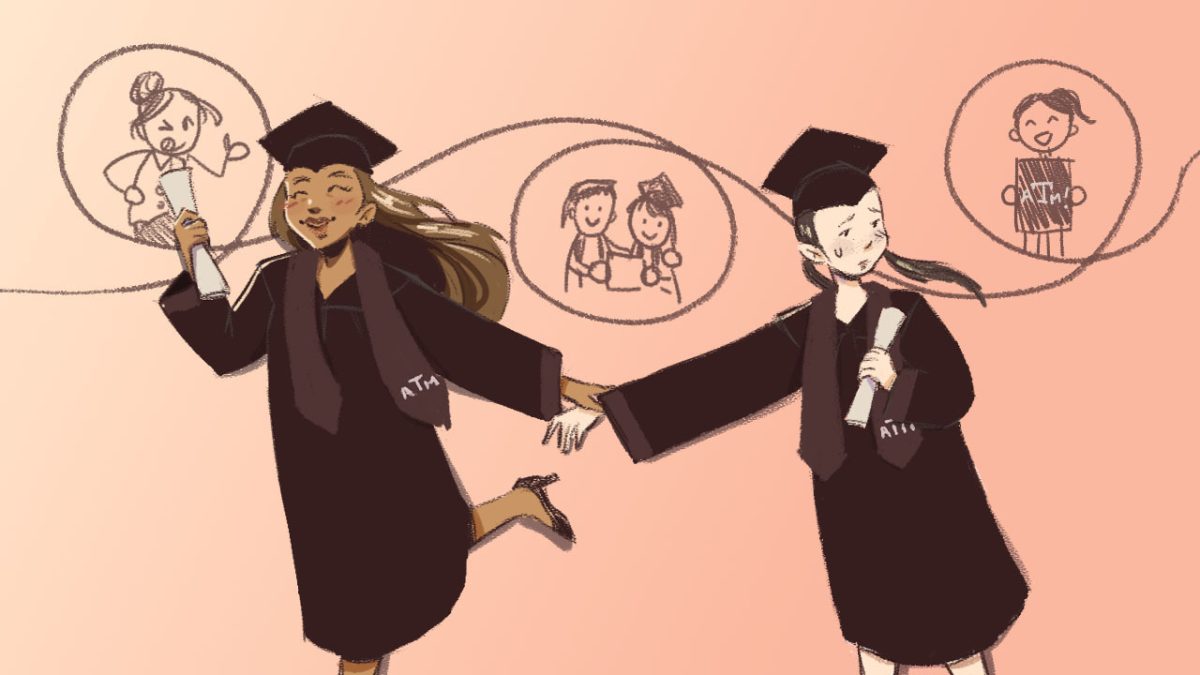New Horror Canon: In honor of the month of October, film critic Joseph Ornelas looks at the most significant and influential horror films of the past 10 years.
In a world where there seems to be an almost endless barrage of remakes and sequels, the very prospect of another “Halloween” film was groan-inducing, despite having the stamp of approval of the almighty John Carpenter himself. The director of the 1978 classic stated in press releases that this was the first of the subsequent sequels to the original in which he felt there was something new and exciting being added to the story of Michael Myers and Laurie Strode. It turns out that he was surprisingly right. David Gordon Green, who is primarily known for directing comedies such as “Pineapple Express,” directs the film with just the right amount of restraint and artistry, two elements which distinguished the original from the slew of slashers in the late 1970s and 1980s.
What helped to differentiate Carpenter’s classic from these other films (which can certainly be enjoyed for other reasons) was the more nuanced, Hitchcockian approach to horror as psychological. The 1978 film understood what was, and still is, truly terrifying is the unpredictability and unknown nature of Michael Myers, not just his being a man in a William Shatner mask with a kitchen knife roaming the suburbs of Illinois. The second thing this film gets right about the character is that he doesn’t have any motives, and that he is completely beyond reason.
This is something that the sequels from “Halloween II” (written but not directed by John Carpenter) all the way to the most recent film preceding this newest incarnation, failed to capture about the character. His random and unstoppable nature gives the good “Halloween” films a sense of danger and tension that is lacking in others. The effectiveness of the newest film is almost completely indebted to this inclusion in the story. “Halloween” (2018) understands making Michael Myers a relative of Laurie Strode undermines what made him scary in the first place.
However, the film not only brings back what made Michael scary in the first place, it also fleshes out Laurie Strode’s character in an interesting way. The film explores the effects of the infamous night had on her, and how it has wreaked absolute havoc on her and her family. Jamie Lee Curtis reprises her role in an excellent performance. It’s clear that she holds the character close to her heart because she doesn’t act like she’s in some bottom-tier slasher. She instead acts with great subtlety and realism. Another standout performance is given by Andi Matichak, who plays Laurie’s instantly likeable granddaughter. As well, the teenagers in this film aren’t simply treated as fodder for Michael’s killing spree, but instead have real personalities and character.
“Halloween” (2018) doesn’t use its genre trappings as an excuse for needless shocking violence. While it is undoubtedly violent, never once is there a point where said violence comes across as exploitative, or where the film gleefully takes joy in the deaths of its characters. Overall, “Halloween” successfully reinvented the slasher 40 years after the genre-defying original, and it deserves recognition for the craftsmanship and excellent filmmaking on display in every frame.
New Horror Canon: Halloween (2018)
October 29, 2020
Photo by Creative Commons
The horror movie “Halloween” was released on October 19, 2018.
0
Donate to The Battalion
$810
$3500
Contributed
Our Goal
Your donation will support the student journalists of Texas A&M University - College Station. Your contribution will allow us to purchase equipment and cover our annual website hosting costs, in addition to paying freelance staffers for their work, travel costs for coverage and more!
More to Discover
















